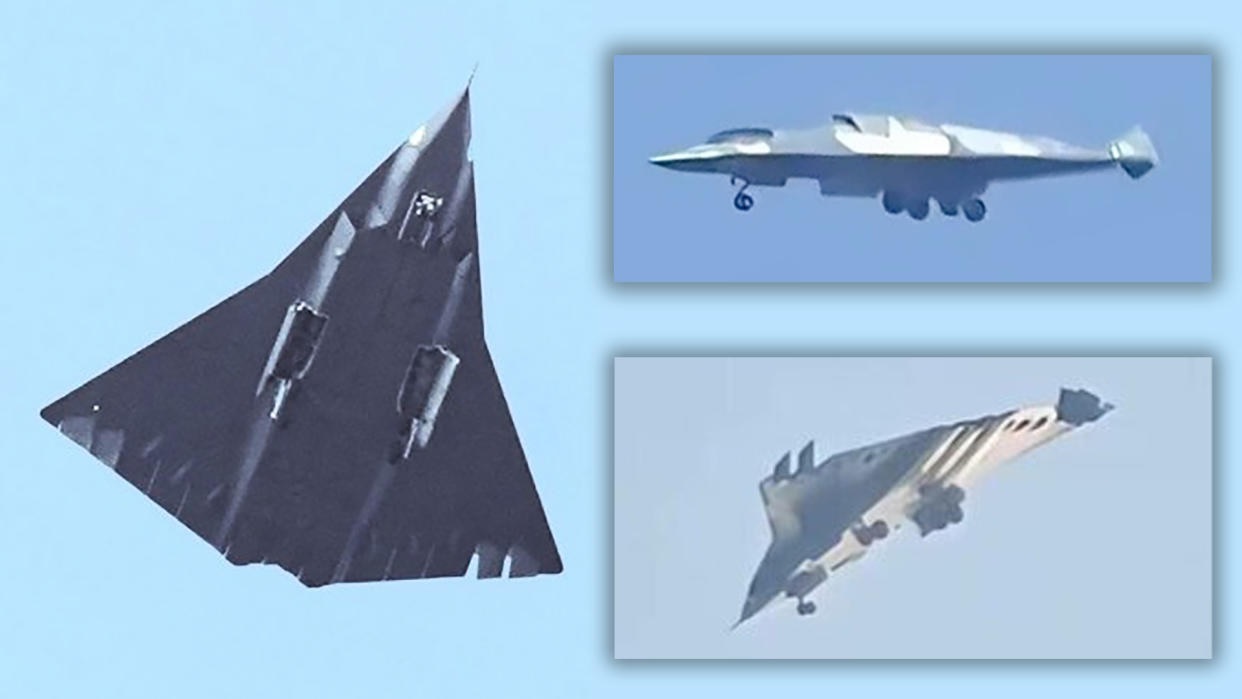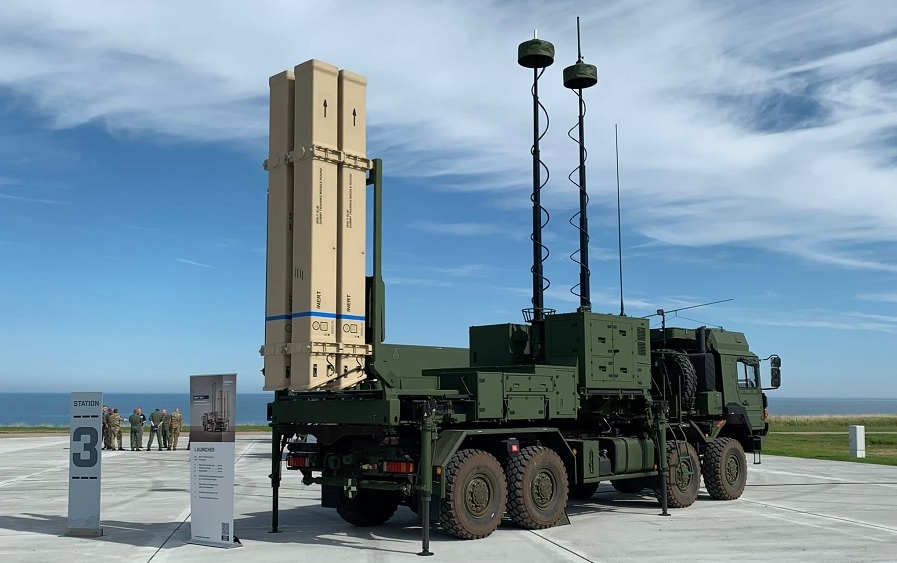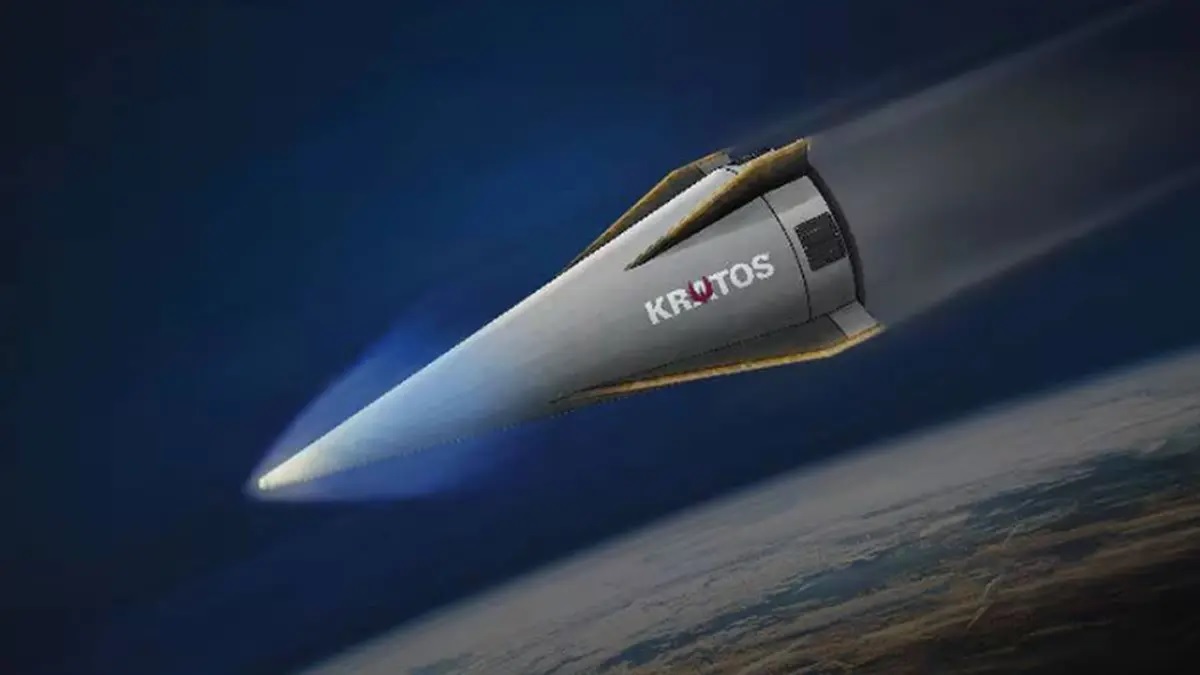China's New Stealth Fighter Jets Challenge U.S. Air Power Amid Musk's Criticism of Manned Aircraft

As Elon Musk continues to question the relevance of traditional manned fighter jets, China has made headlines with its groundbreaking advancements in stealth aircraft. The country has begun testing a fleet of next-generation fighter jets, signaling a significant leap in its aviation technology and strategic ambitions.
Next-Generation Chinese Stealth Fighters Take Flight
China’s recent tests reportedly include multiple prototypes, each tailored for specific roles in modern combat scenarios. Among the tested models are:
-
Heavy Fighter-Bomber
- Configuration: Unique three-engine design.
- Capabilities: Multi-role functionality, including deep-strike bombing and air-to-air superiority.
- Design: Diamond-shaped wing structure optimized for reduced radar cross-section and enhanced payload capacity.
- Performance: Engine power and aerodynamics enable extended range and superior combat load.
-
Light Stealth Fighter
- Focus: High maneuverability and agility for close-range dogfights.
- Unique Attributes: Compact stealth profile with advanced thrust vectoring for unparalleled control during aerial combat.
- Operational Role: Tactical air support and reconnaissance.
These aircraft incorporate state-of-the-art stealth coatings, advanced avionics, and cutting-edge radar-evading technology, reflecting China’s commitment to challenging U.S. and allied dominance in the Indo-Pacific region.
A Bold Step in Air Superiority
Military analysts are impressed by the rapid evolution of China’s aviation industry, noting the strategic implications. The heavy fighter-bomber is designed to project power across vast distances, while the light stealth fighter is optimized for versatility and close-combat scenarios. Together, they form a comprehensive air dominance strategy.
“This marks a significant evolution in modern warfare,” said a military analyst. “China is not only closing the gap with Western powers but is potentially outpacing traditional designs in certain aspects.”
Elon Musk: A Vocal Critic of Manned Fighters
Elon Musk, a long-standing critic of the U.S. F-35 fighter program, has reignited the debate about the future of air combat. Musk recently emphasized the advantages of unmanned systems, highlighting China’s progress in drone swarms as an example of the technological shift.
“Some idiots are still building manned fighter jets like the F-35,” Musk stated, underscoring his belief that drones represent the future of warfare due to their flexibility, cost efficiency, and reduced pilot risk.
Musk has consistently advocated for the development of unmanned aerial vehicles (UAVs) as a counter to traditional fighter jets, a perspective that aligns with broader trends in military innovation.
The Geopolitical Impact
The emergence of China’s next-generation stealth fleet could reshape the balance of power in the Indo-Pacific. These advancements challenge the dominance of U.S.-led air forces and emphasize the growing complexity of modern air superiority.
While the U.S. continues to invest heavily in programs like the F-35, the rise of China’s stealth technology raises questions about the future of traditional air combat strategies. As the global arms race shifts toward unmanned and hybrid systems, maintaining aerial dominance will require adapting to these evolving threats.
The Broader Debate: Manned vs. Unmanned Systems
Musk’s criticism of the F-35 program aligns with a broader discussion about the role of manned aircraft in the future of warfare. Drones and autonomous systems are increasingly seen as the next frontier, offering operational advantages that traditional fighters may struggle to match.
China’s advancements underscore this shift, with its drone capabilities and new fighter jets representing a dual-pronged strategy to dominate the skies. As Musk suggests, the question is not just about technological capability but about adaptability to the changing nature of warfare.
China’s successful tests serve as a stark reminder: the race for air superiority is entering a new era, where the boundaries of innovation and strategy are constantly being redefined.



